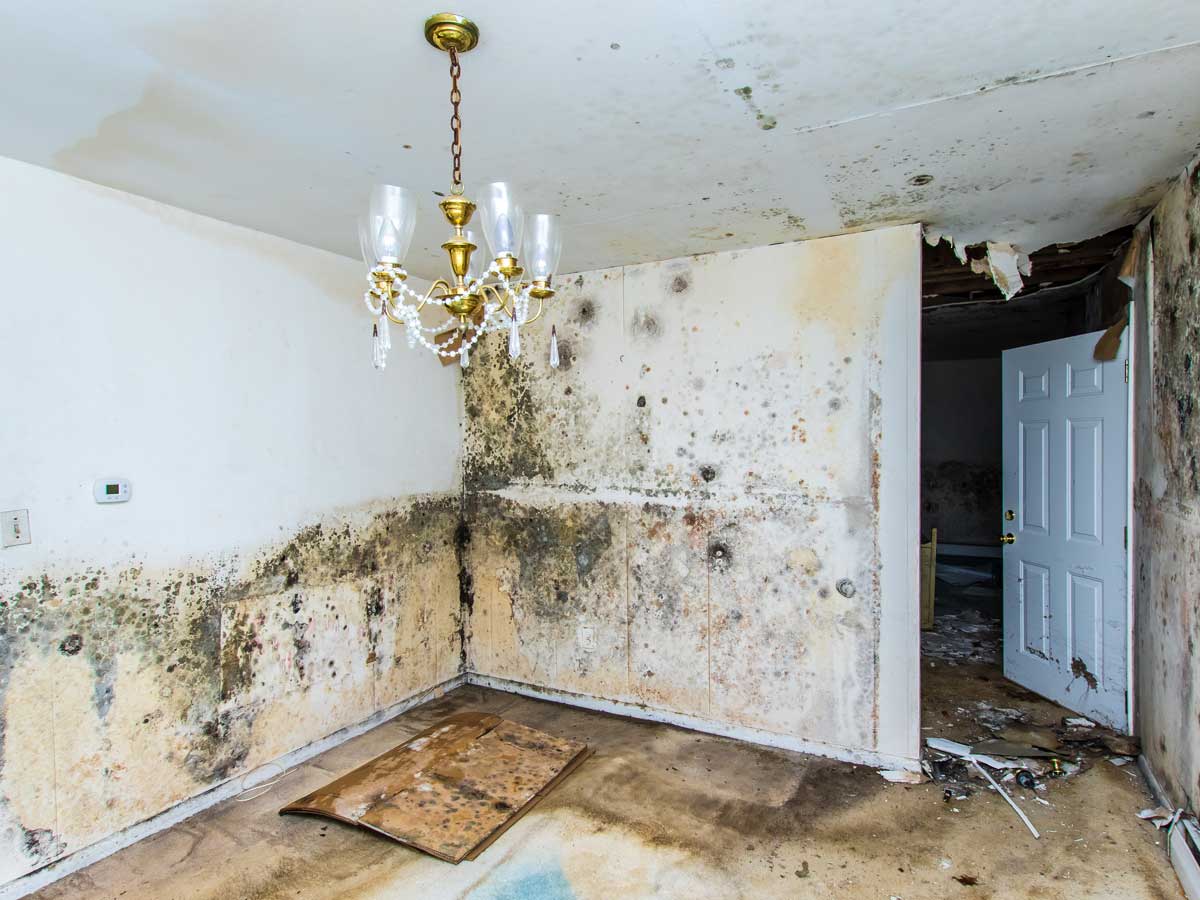They are making a few great observations relating to Safety Tips To Prevent Fire And Water Damage as a whole in this article below.

Water provides life, water invasion on parts where it's not expected to be can result in damage. If the water soaks right into your framework, it can peel off away surface areas and also deteriorate the foundation. Mold and mildew and mildew additionally grow in a moist environment, which can be hazardous for your health and wellness. Homes with water damages odor stuffy as well as old.
Water can originate from numerous resources such as hurricanes, floodings, ruptured pipes, leaks, and also sewer problems. In case you experience water damage, it would be good to recognize some security precautions. Right here are a few standards on exactly how to handle water damages.
Do Prioritize House Insurance Coverage Coverage
Water damages from flood as a result of heavy winds is seasonal. Nonetheless, you can additionally experience a sudden flooding when a damaged pipeline instantly breaks into your house. It would certainly be best to have home insurance that covers both disasters such as natural catastrophes, and emergency situations like busted plumbing.
Do Not Fail To Remember to Turn Off Utilities
In case of a disaster, specifically if you live in a flood-prone location, it would be recommended to shut off the main electric circuit. This cuts off power to your whole home, protecting against electric shocks when water is available in as it is a conductor. Don't forget to turn off the main water line valve. Furniture will move around and create damages when floodwaters are high. Having the primary valve shut off prevents additional damages.
Do Remain Proactive and Heed Weather Condition Informs
Storm floods can be extremely uncertain. Remain ready and also aggressive if there is a background of flooding in your area. Pay attention to discharge cautions if you live near a lake, river, or creek . Take out prized possessions from the ground floor and also cellar, then put them on the greatest feasible level. Doing so reduces possible property damages.
Do Not Overlook the Roof
You can stay clear of rain damages if there are no openings and leakages in your roofing. This will certainly avoid water from moving down your walls and soaking your ceiling.
Do Take Note Of Tiny Leaks
A burst pipeline doesn't happen overnight. You may see bubbling paint, peeling wallpaper, water streaks, water spots, or leaking noises behind the walls. Have your plumbing repaired before it results in enormous damage.
Don't Panic in Case of a Burst Pipeline
Maintaining your clearheadedness is essential in a time of situation. Since it will suppress you from acting quickly, panicking will only intensify the trouble. When it involves water damages, timing is essential. The longer you wait, the even more damage you can expect. Hence, if a pipe bursts in your house, instantly turned off your major water valve to cut off the resource. After that unplug all electrical outlets in the area or turn off the circuit breaker for that part of your house. Call a respectable water damages repair expert for aid.
Water offers life, water breach on components where it's not meant to be can result in damages. Residences with water damages odor musty and also old.
Water damages from flood dues to hefty winds is seasonal. You might discover bubbling paint, peeling off wallpaper, water streaks, water stains, or trickling noises behind the wall surfaces. When it comes to water damage, timing is vital.
Some Do's & Don't When Dealing with a Water Damage
DO:
Make sure the water source has been eliminated. Contact a plumber if needed. Turn off circuit breakers supplying electricity to wet areas and unplug any electronics that are on wet carpet or surfaces Remove small furniture items Remove as much excess water as possible by mopping or blotting; Use WHITE towels to blot wet carpeting Wipe water from wooden furniture after removing anything on it Remove and prop up wet upholstery cushions for even drying (check for any bleeding) Pin up curtains or furniture skirts if needed Place aluminum foil, saucers or wood blocks between furniture legs and wet carpet Turn on air conditioning for maximum drying in winter and open windows in the summer Open any drawers and cabinets affected for complete drying but do not force them open Remove any valuable art objects or paintings to a safe, dry place Open any suitcases or luggage that may have been affected to dry, preferably in sunlight Hang any fur or leather goods to dry at room temperature Punch small holes in sagging ceilings to relieve trapped water (don't forget to place pans beneath!); however, if the ceiling is sagging extremely low, stay out of the room and we'll take care of it DO NOT:
Leave wet fabrics in place; dry them as soon as possible Leave books, magazines or any other colored items on wet carpets or floor Use your household vacuum to remove water Use TV's or other electronics/appliances while standing on wet carpets or floors; especially not on wet concrete floors Turn on ceiling fixtures if the ceiling is wet Turn your heat up, unless instructed otherwise

We had been brought to that article about Reducing Your Risk Of Water And Fire Damage At Home through a friend on another site. In case you enjoyed reading our blog post kindly do not forget to share it. Thanks for your time invested reading it.